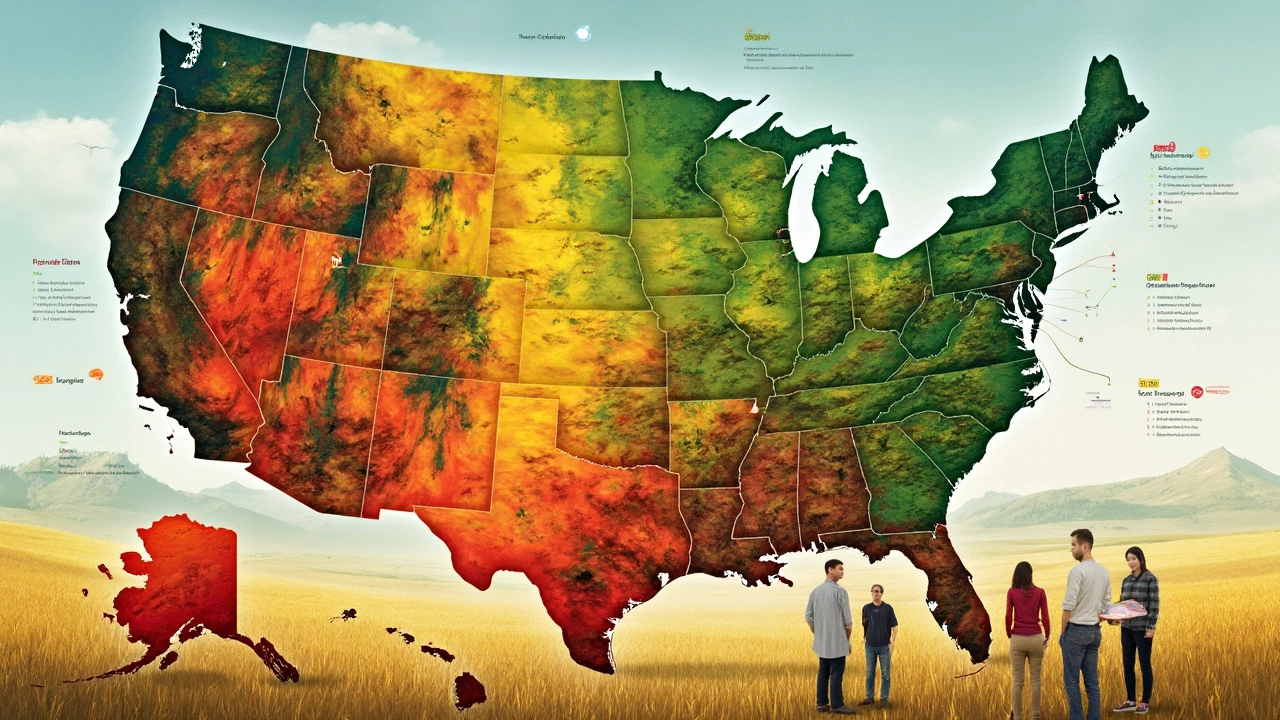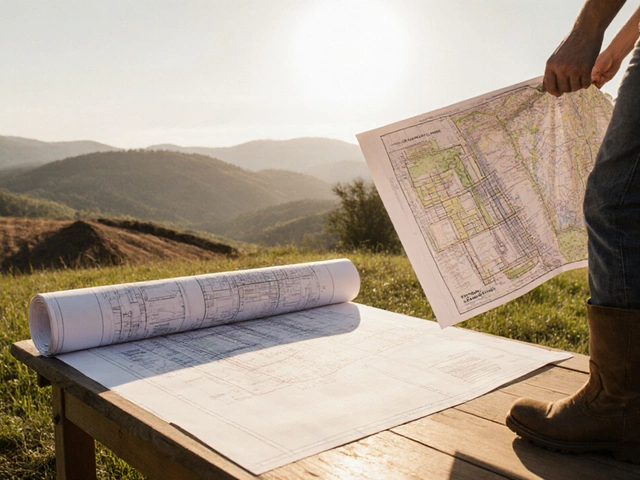Best Soil in the US: How to Pick the Right One for Your Garden, Lawn, or Farm
Soil is the foundation of every healthy plant, whether you’re growing tomatoes on a balcony or managing acres of corn. The right soil can boost growth, reduce water use, and keep pests away. But not all soil is created equal, and the best choice depends on where you live and what you’re growing. Let’s break down the top soil options across the United States and give you simple steps to test and improve what you have.
Major Soil Zones in the United States
The US can be divided into four broad soil regions. In the Midwest, especially Iowa and Illinois, you’ll find deep, fertile loam that’s perfect for corn, soybeans, and vegetable gardens. The Southeast, from Georgia to the Carolinas, has a lot of clay loam—heavy but rich in nutrients, great for lawn grasses that need moisture retention. The Western states, like California and Nevada, are dominated by sandy loam, which drains quickly and works well for drought‑tolerant plants and orchards. Finally, the Pacific Northwest carries a mix of silty loam and peat‑rich soils, ideal for berries and shade‑loving perennials.
Simple Steps to Choose and Improve Your Soil
1. Test it. Grab a cheap soil test kit or send a sample to a local extension office. You’ll get pH, nutrient levels, and texture breakdown. Knowing if your soil is too acidic or lacking nitrogen tells you exactly what amendments to add.
2. Match the soil to your plant. For vegetable beds, aim for a balanced loam with good drainage. For a lawn in the South, a slightly heavier clay loam holds water during hot summers. For desert landscaping, sandy loam lets water flow through quickly.
3. Amend wisely. Add compost to boost organic matter, gypsum to break up clay, and sand to improve drainage in heavy soils. Mix amendments thoroughly—just tossing them on top won’t work.
4. Mulch and maintain. A layer of straw, wood chips, or shredded leaves protects the soil surface, keeps weeds down, and adds nutrients as it breaks down.
5. Re‑test every few years. Soil changes over time, especially after heavy fertilizing or repeated cropping. A quick retest keeps you from over‑feeding or missing deficiencies.
By following these steps, you’ll turn any patch of ground into a productive, resilient growing space. Remember, the best soil isn’t a one‑size‑fits‑all label—it’s the one that matches your climate, the plants you love, and the work you’re willing to put in.
Ready to get started? Grab a sample, run a test, and pick the right amendment. Your plants will thank you with stronger roots, bigger yields, and fewer headaches.





